What is the difference between a champagne and a sparkling wine?
Many people have wondered sometimes “what are the differences between champagne and sparkling wine?”. Is there actually a difference between these alcoholic beverages? Although the vast majority of people don’t think so, the answer is yes, but it is better to know at least a little bit of backstory.
In this article, I propose to you to know why sparkling wine and champagne are different, as well as the answer to all doubts on how to call this product, depending not only on the country where it originates, but also on aspects that intervene in its elaboration. The answer is simple, believe it or not, yes, there are differences.
The production and fermentation process or the grapes used that intervene in the flavor are some of the main differences that I’m going to be talking about down below, since not only the designation of origin can make both products different.
Surely, the champagne making method is the most relevant aspect that marks the difference with sparkling wines. There are several methods to make sparkling wines - remember that champagne is a sparkling wine.
A little bit of history
The original name of this alcoholic beverage is "Champagne" which is characterized by containing a large amount of gas inside. The name of this type of wine comes exclusively from the French region of Champagne. The French in history has always been very nationalistic, so, it makes sense that they wanted to maintain the exclusivity of champagnes, for that reason, they did not legally allow their name "Champagne" to be used outside their country.
Let’s make a shortstop in history. Champagne is a sparkling wine made since the 1700 in the homonym region of France. For this reason, the European Union granted France the protected designation of origin (PDO) Champagne and, as a consequence, it is the only country that can use this name for this type of sparkling wine.
What are the main differences between them?
The grapes used in the Champagne production process are Pinot or Chardonnay from the Champagne region; while other sparkling wines can be made with any variety or grape strain, using different carbonation processes. The method of preparation is perhaps the most relevant aspect that makes the difference.
To make the Champagne, a method that has a second fermentation is used. This fermentation is carried out inside the bottle, where its own carbonation occurs. When Champagne is bottled, it creates carbon dioxide, keeping it within until the bottle is opened; That is the reason why the cork comes out at full pressure!
To make any Sparkling Wine, several processes of crushing and grape fermentation may be used and CO2 is injected. In addition to a wide variety of manipulation techniques.
Other differences between champagne and sparkling wine
- The bottle
Champagne has a much thicker glass than ordinary bottles due to the pressure they have to withstand (approximately 4 to 6 kg at 20 ° C). While sparkling wines use common wine bottles.
- Plug
For champagne, a cylindrical cork is used which, after being pressed into the bottle, takes the shape we all know when uncovering a bottle, distinguishing two parts: the head and the body. On the other hand, sparkling wines tend to use screw caps, usually for cost reasons.
- Bubbles
For champagnes, the bubbles are fine and small, if it’s poured in a champagne glass, their detachment can be appreciated from the center of the bottom of the glass. Whilst other sparkling wines have larger bubbles, kind of similar to the ones found on sodas.
- Classification
Champagne it’s classified according to the amount of sugar they have and it is expressed on the label.
- Brut Nature (-3g / L)
- Extra Brut (-6g / L)
- Brut (-15g / L)
- Extra Sec (12 to 20g / L)
- Sec (17 to 35g / L)
- Demi-Sec (33 to 50g / L)
- Douc or Dulcet (+ 50g / L)
A little complex classification for champagnes, well, at least other sparkling wines don’t have classifications at all.
- Label
In champagne, we must find the word “champagne” (without a capital letter to differentiate it from French region). We must also find its aforementioned classification and its production method (Champenoise). While for common sparkling wines, the addition of carbon dioxide must be noted on the bottle’s label.
Frequently asked questions from champagne and sparkling wine consumers
- What is the difference between French champagne and other champagne?
This is a common question with an easy answer. All champagne is from France. There are other wonderful sparkling wines from other areas of the world, but they taste different even if they say "Champagne" on the label. However, you can celebrate the New Year or any other event with any kind of sparkling wine you want, or even a beer or non-alcoholic drink.
- How much do I need to spend?
If you are buying real things, you will spend around $ 30 or more. You can ask for recommendations at the wine store. You can buy very good non-French sparkling wine for much less. For example, a good bottle of Spanish cava will cost you between $ 15 and $ 20 on average.
- How cold should it be served?
Generally speaking, most sparkling wines are served too cold. Cold ice is perhaps too cold. It is recommended to put it in the fridge for a few hours and then take it out for about 30-45 minutes before popping out the cork. As you drink it, it will get warmer and the flavors will also open up, and if it gets too warm for your taste, you can always add some ice.
Occasions for a good champagne
For many, champagne is just for a toast. At Christmas, on a birthday, at a wedding, when your soccer team wins. When we’re not used to drinking it, it’s common to not have much idea of when, where and how to serve it.
Indeed, it is not advisable to label champagnes just for toasting on special occasions, as it can perfectly accompany our meals, desserts and appetizers. You’d be surprised on how well champagne pairs with many types of food.
We want to recommend two champagne bottles that you may use for any occasion; whether you want to celebrate some achievement or if you’re bold, pairing it with food you lovely made. You just have to try it, I’m really sure that your palate will be pleased.
Chaudron Champagne NV - Bechet de Rochefontaine Brut
It subtly assembles three grape varieties: Chardonnay, Pinot Noir and Pinot Meunier, to give an exquisite touch for Champagne Bechet de Rochefontaine. A gamut with a marked character, just to please all Champagne lovers! The Chaudron family is one of those ancient families rooted in the heart of the Champagne vineyards for a long time.
Francoise Bedel - NV - Francoise Bedel Brut Origin'Elle - 750 ml
Francoise Bedel Brut Origin’Elle is a champagne extra brut. It has great strength and complexity. Its notes of dried and yellow fruits give it a fresh and persistent flavor. It’s made using 3 grape varieties: Chardonnay, Pinot Noir and Pinot Meunier.
Sparkling wines are great, and definitely, champagnes are one of their kind. Once you taste them, it’s difficult to have the same sensation when drinking another type of wine. Well, that’s about it! Wines are really diverse, and there are a lot of types and varieties for each person in the world, that’s the good thing about them.
We hope you liked this article and now you already know that all champagnes are sparkling wines, but not all sparkling wines are champagnes. Happy toast!


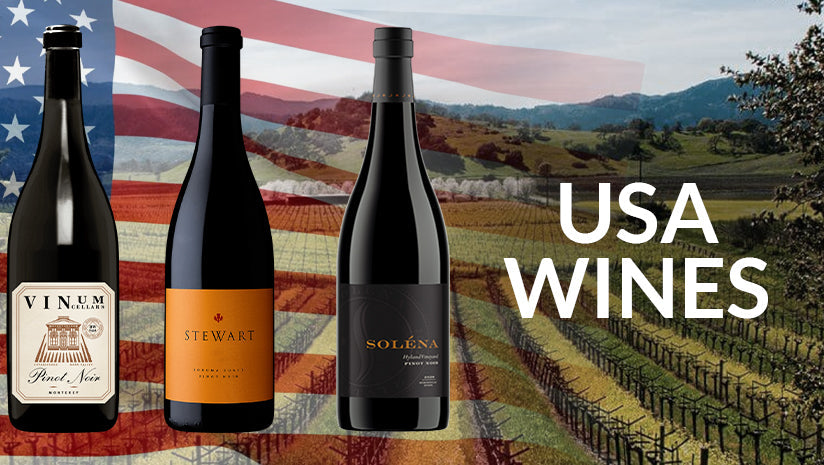
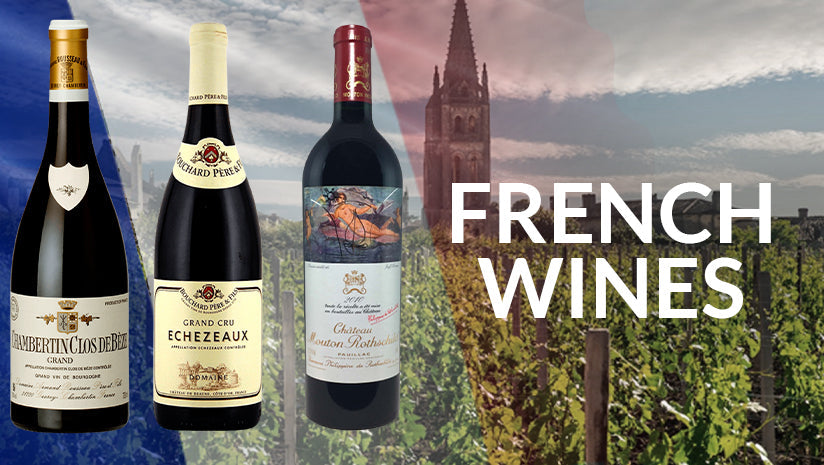
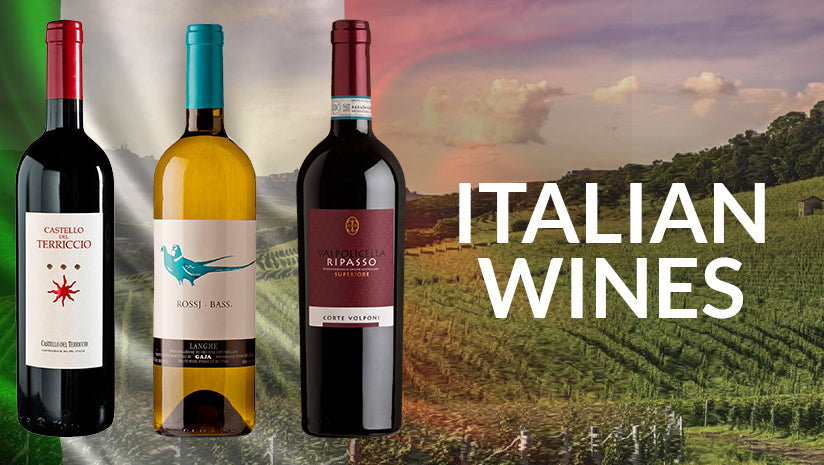
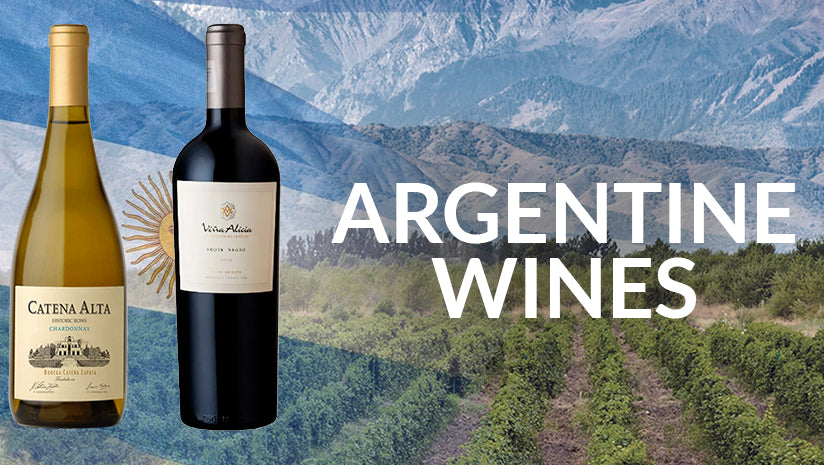
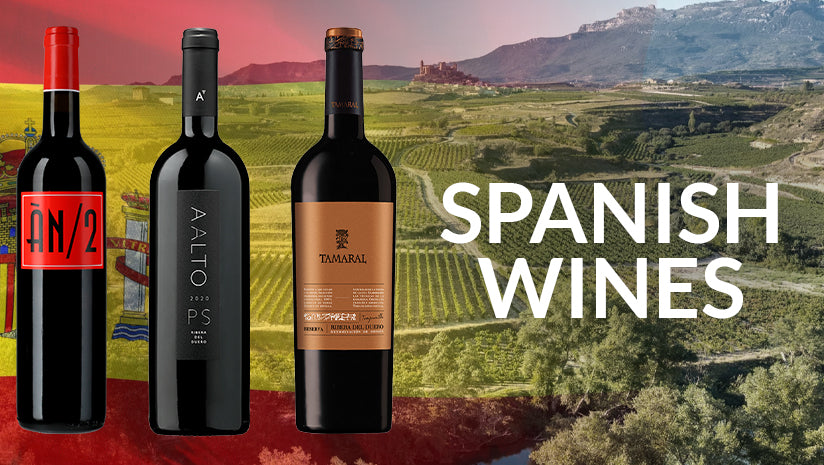
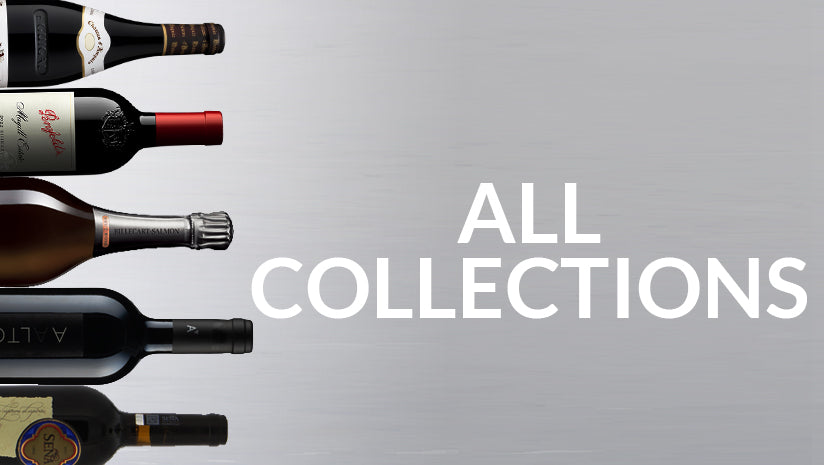
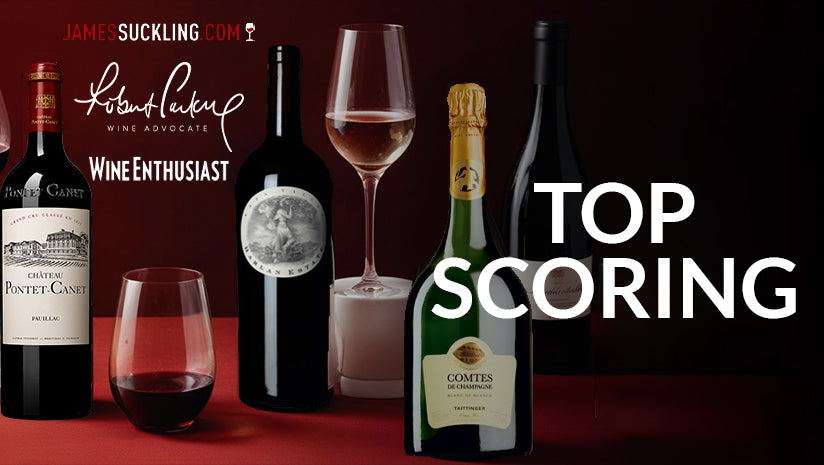
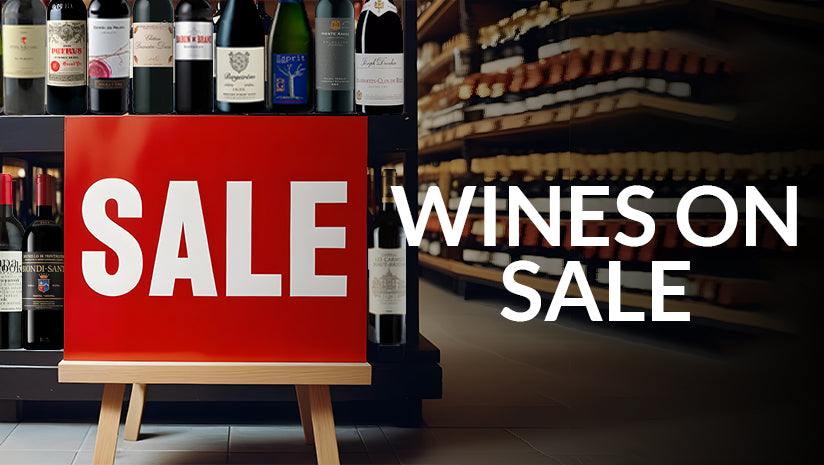
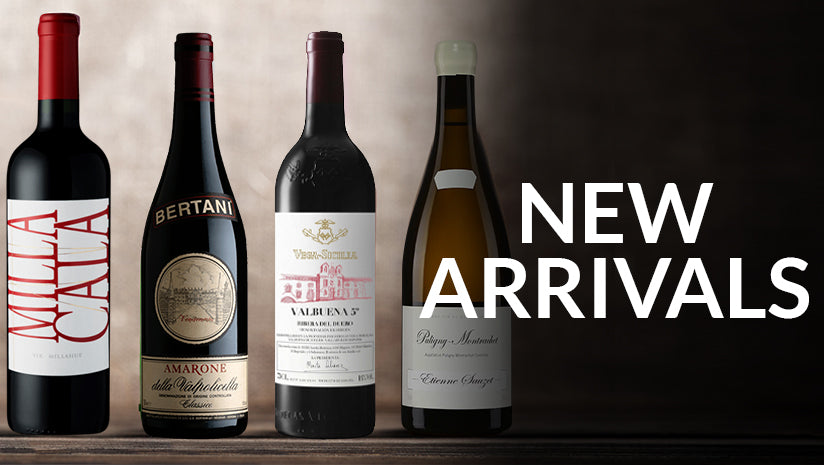

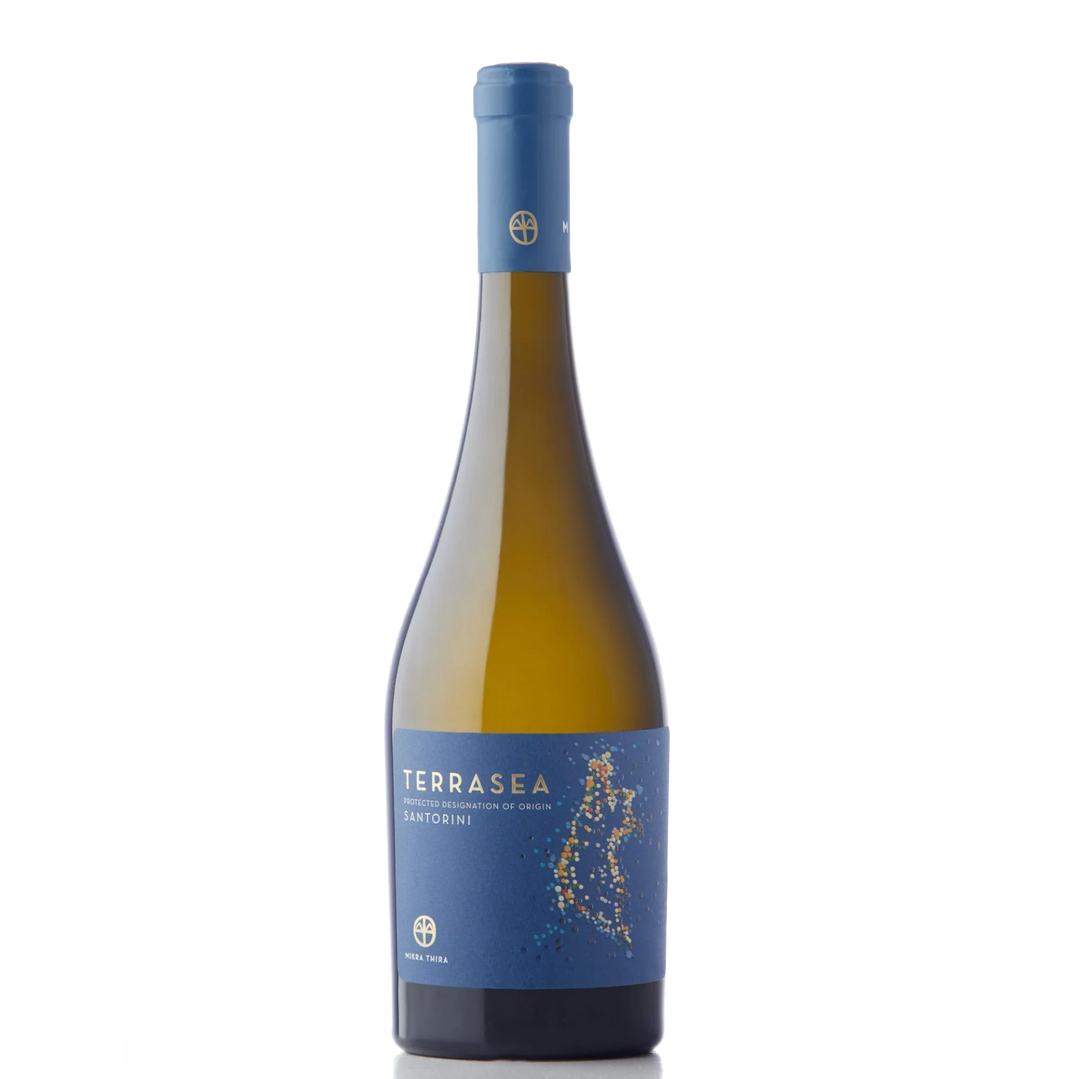
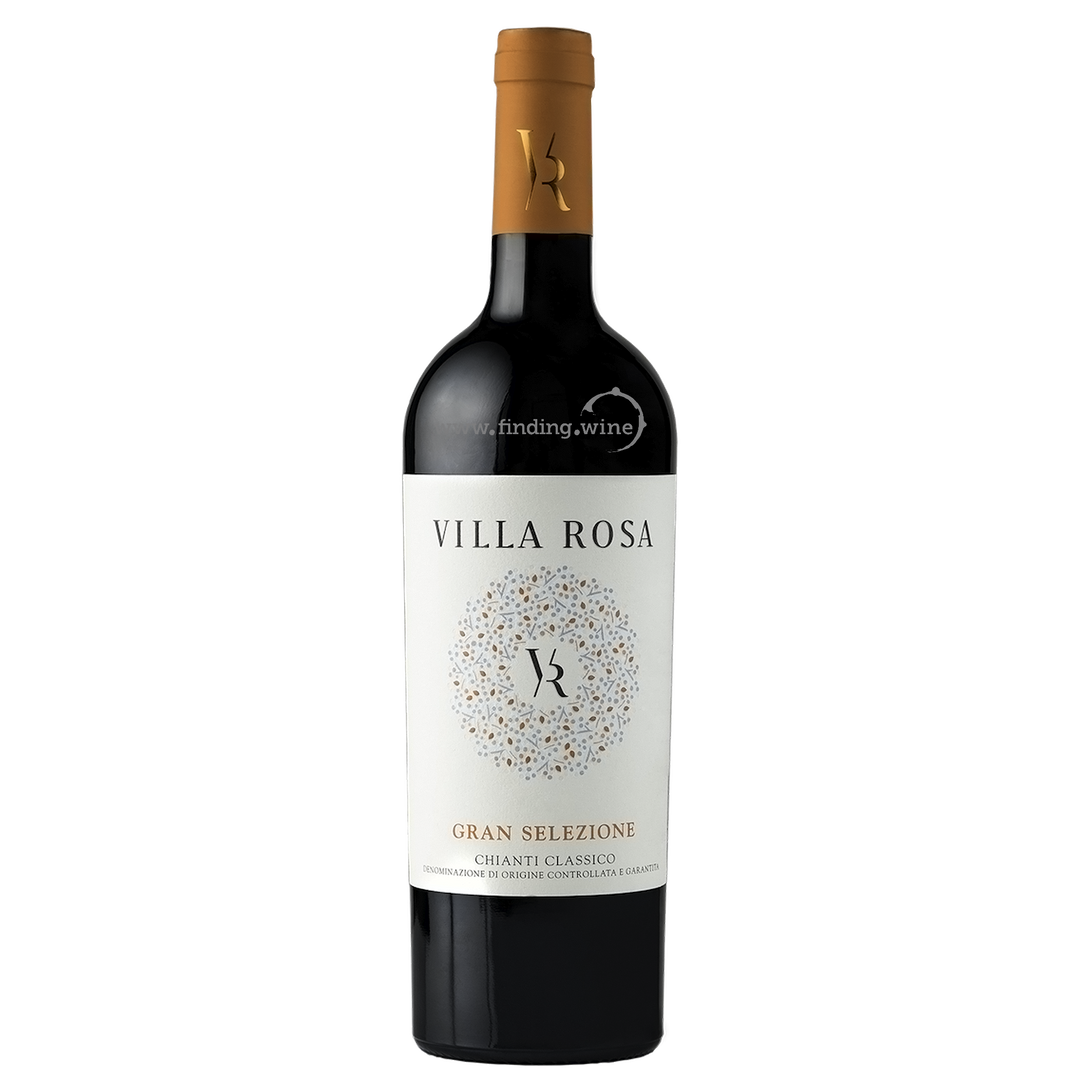






Leave a comment